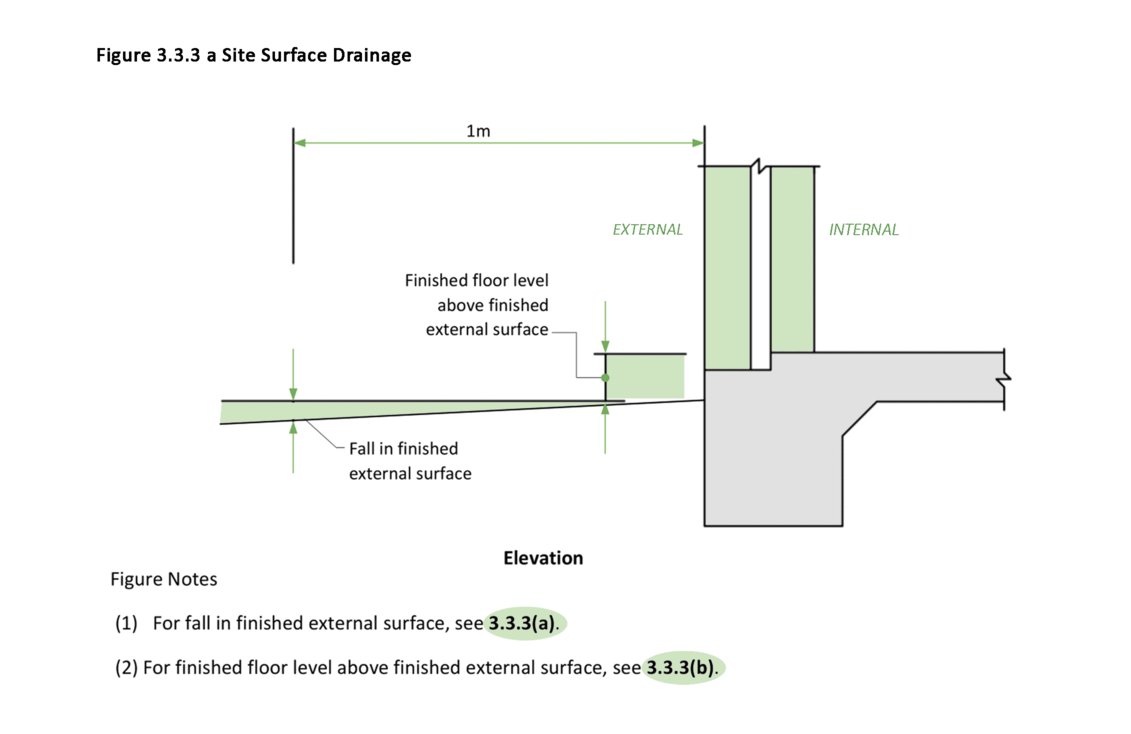
For soil further than the 1m setback from the building, the slope of the natural ground level (NGL) is also determined by the type of soil on site. The table shows what type of embankment slope is needed in relation to soil type. For sandy soil, the H value is 1 and the L value is 2. Resulting in a 1:2 angle of soil which is in the ‘zone of influence’. This zone, is the area of soil which is required to not be excavated in order to keep the soil stable within this zone.


Due to constantly evolving legislation the information provided within this blog may no longer be valid. The advice given on this site is general in nature and does not take into account your specific circumstances. Please email one of our building surveyors to check what is right for you.
Your Content Goes Here
